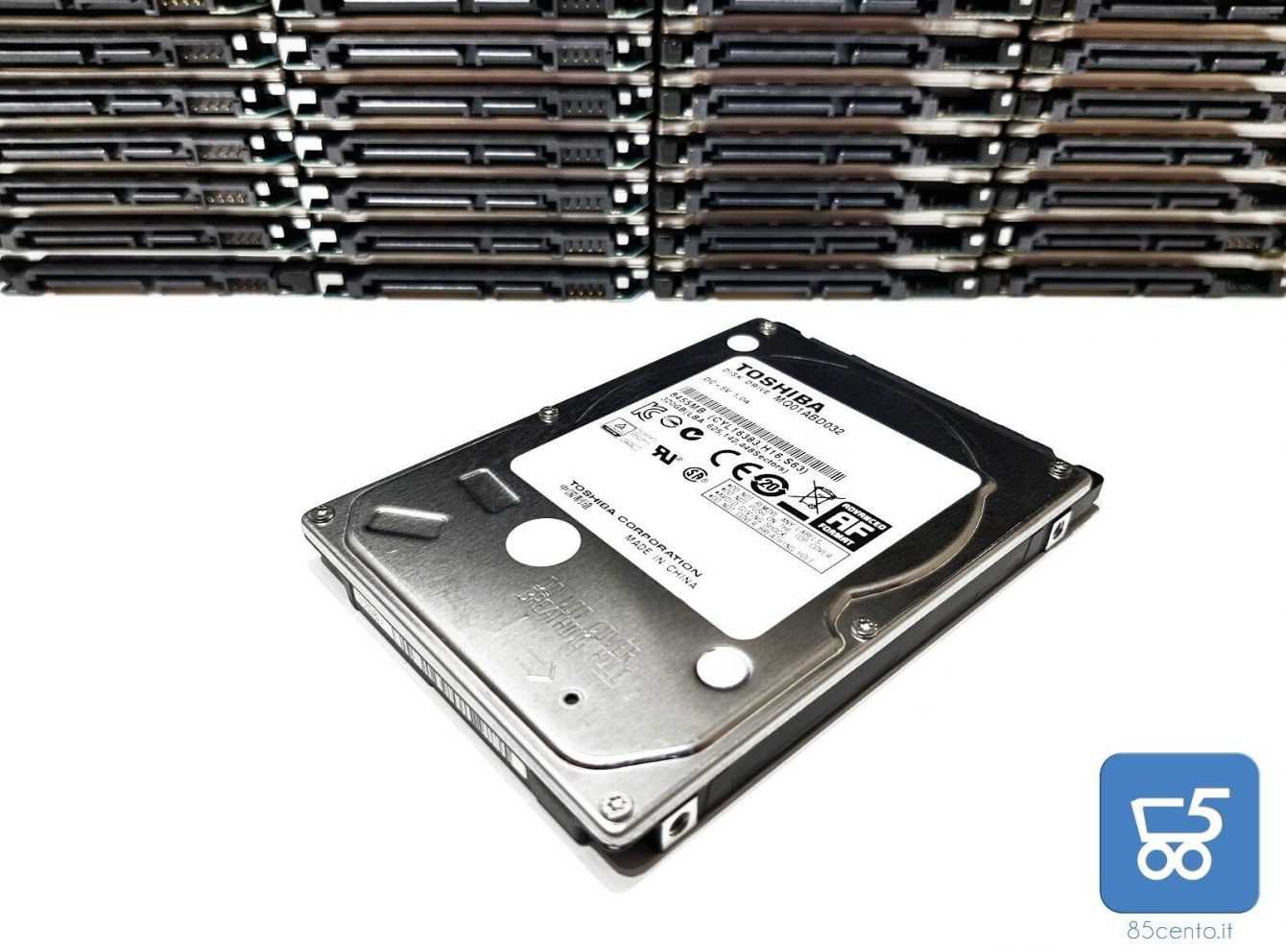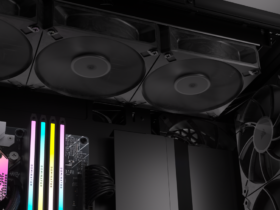
A study by the Graphen Center in Cambridge confirms: hard drives 10 times more capacious using graphene, compared to other types of materials
The development of mass memories is undoubtedly indispensable for the global market, given the ever-increasing demand for storage space for all types of users (be they consumers, professionals and companies): therefore, a more detailed and accurate research is needed on new techniques and materials useful to make one’s own more capacious HDD.
For some time now, a study of Graph Center of Cambridge reveals an at least revolutionary discovery for the sector: using graphene, it is possible to have hard disks 10 times more capacious than those currently on the market; it has been, in fact, shown that graphene allows to process more data and above all, good durability regarding the writing and encryption of the data stored in the memories, as well as better management of the temperatures of the memories even in cases of very intensive use of your hard disk.

Sede del Cambridge Graph Center
It is well known that mass memories have now reached a kind of maturity in general, thanks to the technological and software development of the companies that develop in this sector, and at the moment very little can be implemented as regards innovations, if not for use. of graphene also per i server di storage in cloud: in this way, greater hardware performance could be obtained, combined with some software features and, more capacious and efficient memories from a technological point of view, with ample room for improvement and development of its own technologies, guaranteeing a wise use and consumption of the memory units, now widespread all over the world and also used for the mildest possible use; if hard drives were to be 10 times more capacious using graphene, the whole market could only benefit even more.
Keep following us on tuttootek for all the news concerning the world of Hardware and much more.
The article Hard disk 10 times more capacious using graphene according to a study comes from TechGameWorld.com.















Leave a Reply
View Comments